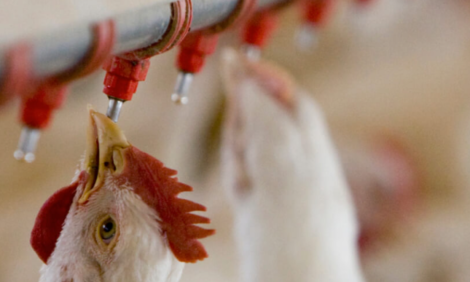



Rabobank's North American Agribusiness Review: pork production falls, poultry exports up
Rabobank's update provides an outlook for pig, poultry, cattle and grains and suggests what developments to watch in the upcoming months in North America.
- Pork production continues to fall, reflecting lower hog inventories and labor constraints. Record-high hog prices are likely to incentivize faster growth, yet feed cost uncertainty and impending Proposition 12 housing regulations could limit expansion and slow production recovery.
- Chicken exports are up 2.1% YTD at 1.2m metric tons through April, driven by stronger shipments to China, Angola, the Philippines and Cuba.
- The economic recovery appears to have lost momentum, but a temporary labor shortage is distorting the data. Meanwhile, inflation is going through the roof as base effects, supply bottlenecks, and fiscal stimulus are adding up.
- Record-setting beef exports to China, combined with domestic demand influenced by large consumer incomes and savings, grilling season, and restaurant reopenings lifted the comprehensive cutout. However, cutout values have started to plateau recently, suggesting a start to the seasonal decline.
- Container prices are expected to remain at an elevated level before recovering at the end of this year. The impact to US ag exporters is expected to persist until the container shortage subsides.
- Remarkable demand is helping to absorb abundant dairy supply. Consumer demand is returning against a backdrop of rapidly falling Covid cases and increasing vaccination rates. Exports have also surprised, maintaining their strength and supporting markets.
- With record-breaking numbers, US corn exports are, and will continue to be, a major driver of corn prices. Though production in Brazil and Ukraine will rebound, demand is strong globally, and the US will still benefit.
- Soybean crush and exports have slowed due to high prices, low stocks, and a seasonal decline in exports, which have resulted in 2020/21 stocks increasing, according to the USDA. However, the US soybean supply and demand situation is still tight.
- The recent uptick in the general CPI benchmark has been mostly attributed to non-food items that dropped the most early-pandemic. Meanwhile, food-at-home inflation is plummeting to flattish levels as compared against those in the hoarding period.
To read the full Rabobank North American Agribusiness Review, click here.








